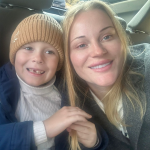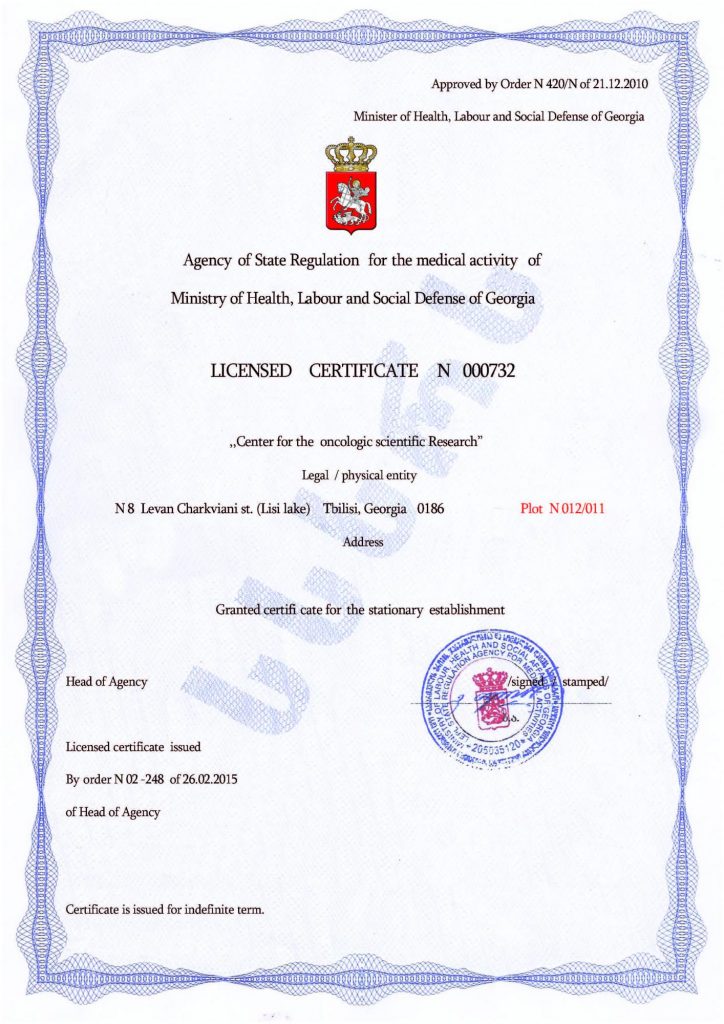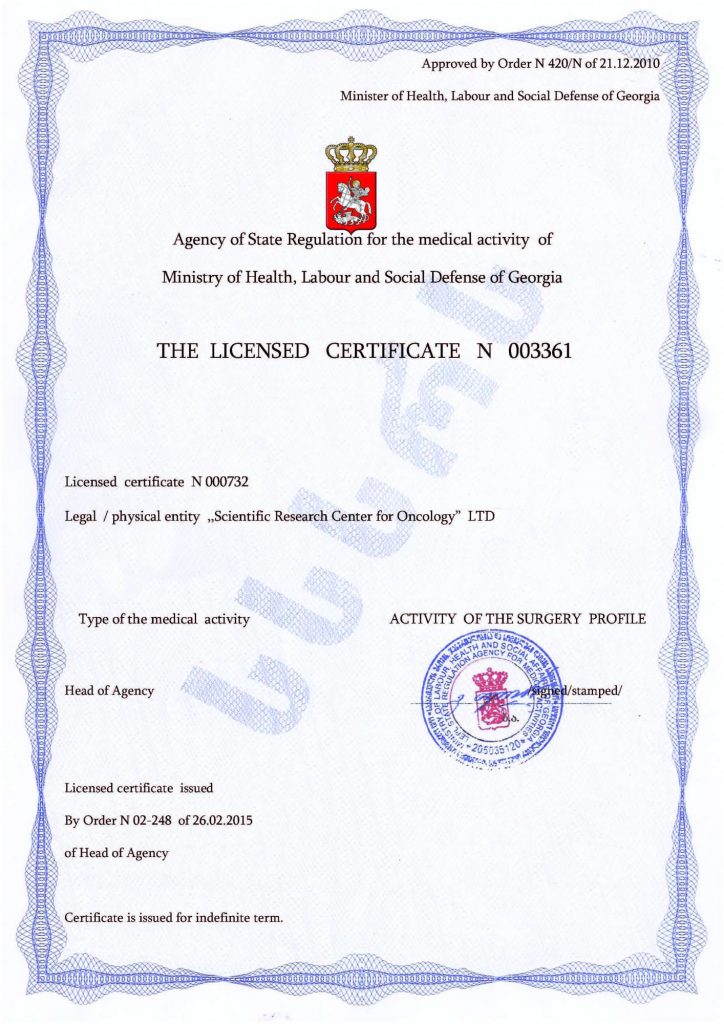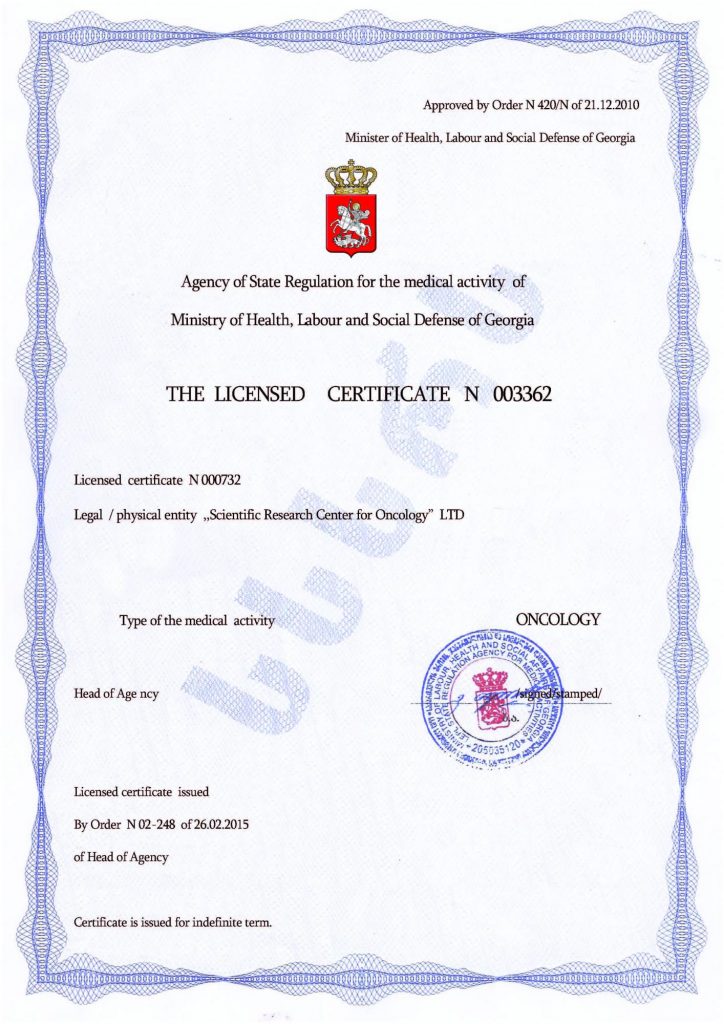Autism and Neuropathy: Neurological and Sensory Connections
Unlike autism spectrum disorders, neuropathy is not a cause of developmental disorders. It is a condition involving damage to the peripheral nerves due to ischemia, inflammation, nerve tissue injury, infection, tumors, vitamin B deficiency (especially B1, B6, and B12), toxin exposure, and other factors. Neuropathy can also be a complication of general health conditions such as diabetes, hypothyroidism, polyarthritis, or multiple sclerosis.
Symptoms of Neuropathy
Neuropathy manifests in various ways, including:
- Pain, swelling, and weakness in muscles innervated by the affected nerve;
- Decreased sensitivity, numbness, and burning sensations in the affected area;
- Difficulty initiating movement;
- Autonomic disturbances such as sweating, paleness, or conversely, skin redness;
- Muscle cramps or spasms.
Common Features of Autism and Neuropathy
Despite their differences, autism and neuropathy share several overlapping characteristics.
- Sensory Hypersensitivity
Sensory system hypersensitivity (hyperesthesia) in autism can resemble neuropathic pain. Individuals with autism often exhibit abnormal sensory processing, clinically similar to neuropathy. This sensory hyperesthesia (e.g., tactile or auditory) includes:
- Allodynia – pain in response to normally non-painful stimuli (such as clothing touching the skin);
- Hyperalgesia – an exaggerated response to painful stimuli.
These symptoms are linked to dysfunction in the somatosensory nervous system. Damage to peripheral nerves or abnormalities in the central nervous system can cause normal sensations to be perceived as painful. This results in heightened sensitivity to sound, light, or textures in individuals with autism, closely mirroring neuropathic conditions.
- Neurobiological Mechanisms
Genetic and neurochemical factors contribute to both autism and neuropathy:
- Genetic mutations in genes such as SCN2A (regulating neuronal sodium channels) and SHANK3 (responsible for synaptic function) are found in both conditions. These mutations disrupt nerve signal transmission.
- Chromosomal abnormalities, particularly in chromosome 15q, affect the regulation of the neurotransmitter GABA. These changes can trigger autistic behaviors as well as catatonic states, which resemble neuropathic rigidity—muscular unresponsiveness or resistance to stimulation.
- Neurotransmitter imbalance, especially low GABA activity and excess glutamate, also plays a role. GABA has a calming effect on the central nervous system, while glutamate is excitatory. This imbalance is characteristic of autism and leads to neuron hyperexcitability, contributing to sensory hypersensitivity and pain dysregulation typical of neuropathy.
- Clinical Overlaps
- Peripheral Neuropathy in Autism: Studies have found that some individuals with autism are also diagnosed with peripheral neuropathy. This includes pathological changes in skin nerve fibers and impaired impulse conduction revealed by electromyography (EMG). These findings suggest that sensory anomalies in autism may stem not only from central nervous system dysfunction but also from peripheral nerve damage.
- Catatonia and Motor Impairments: About 12–17% of people with autism experience catatonia (e.g., waxy flexibility, mutism), associated with dysfunction in GABA-producing neural systems. This mirrors movement disorders seen in neuropathy, such as muscle rigidity or tremors.
Connecting the Dots: Shared Mechanisms
The link between autism and neuropathy lies in:
- Shared genetic mechanisms (SCN2A, SHANK3);
- Neurochemical disturbances (GABA, glutamate imbalance);
- Peripheral nerve structural damage.
Common symptoms include hyperesthesia, catatonia, and sensory disintegration. Therefore, accurate diagnosis—especially using EMG and genetic testing—is crucial. Treatment should integrate neuromodulation, sensory integration therapy, and pharmacological support.
A New Direction: Treating the Root Cause
Even when symptoms are properly identified and diagnosed, recovery can be slow and challenging. Thus, a more promising approach aims to address the root of autism itself, rather than merely alleviating its manifestations. One such method is cell therapy, an innovative approach to autism treatment.
Stem Cell Therapy: An Innovative Solution
The core of this method is stem cell transplantation—introducing foundational “building block” cells that form the basis of all tissues and organs.
- The procedure is safe, as stem cells are taken from the patient’s own bone marrow, preventing immune rejection.
- It is natural, as it stimulates the body’s own regenerative capacities rather than relying on medication or psychological interventions.
- Stem cells can transform into any cell type, replacing damaged ones with healthy counterparts.
Outcomes of the therapy may include:
- Normalization of brain and nervous system function;
- Improved behavioral stability and predictability;
- Accelerated development and skill acquisition;
- Reduction or complete elimination of symptoms.
These changes often persist long-term, sometimes for life, enhancing the effectiveness of additional supportive therapies.
Though relatively new, stem cell therapy is already widely recognized and may soon become the standard treatment for autism and its associated symptoms. It is currently practiced in leading clinics worldwide, including the Mardaleishvili Medical Center, which is equipped with state-of-the-art technology.
- The clinic’s highly qualified physicians have extensive successful experience in stem cell transplantation.
- Treatment at the center is more financially accessible compared to many other countries.
- The clinic offers comprehensive support starting from the planning phase, including travel and accommodation arrangements for the rehabilitation period.
Fill out the feedback form — take the first step toward a healthier life!
Autism Treatment Center Videos
Autism treatment with own stem cells
Cord blood association congress
International Quality Crown
Autism Treatment Reviews
Autism treatment with own stem cells
The story of Alessandro (6 years old)
Autism Patient Testimonial - Stem Cell Treatment
Clients Testimonials

Review by Anastasia, mother of Yusup (8 years old) Read More

Feedback from Nathalie, mother of Andre (9 years old) Read More

Feedback from Yulia, mother of Emily (7 years old) Read More
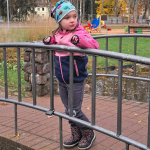
Feedback by Everita, Katrina’s mother (5 years old) Read More
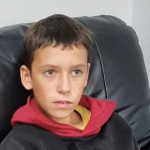
Feedback from Igor, David’s father (12 years old) Read More
